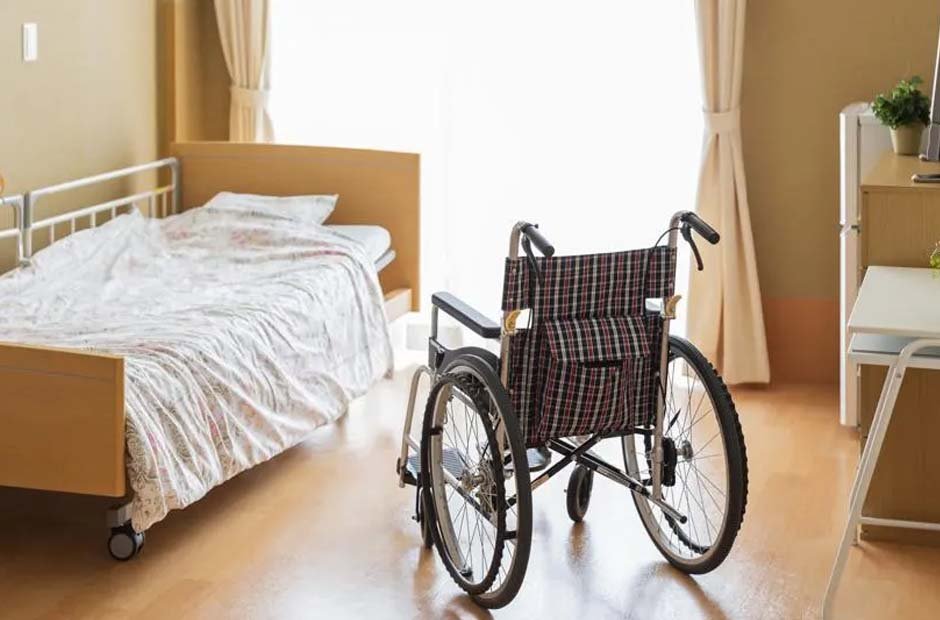As people age or face health challenges, deciding the best type of care can be a daunting task for families and individuals. The two main options often considered are home services and official facilities; each has its own set of advantages and drawbacks, and understanding these differences is essential to making an informed decision that best meets the needs of the individual requiring care.
Home Care Services
Personalized Care in a Familiar Environment
Homeservices involve professional caregivers providing support and assistance in the comfort of the individual’s own home; these services can range from medical care provided by nurses to non-medical assistance with daily activities. A great example can be found through Partners in Home Care, as they ensure a professional, flexible, and personalized service. Learn more on their website: https://partnersforhomecare.ca/
Maintaining Independence and Flexibility
One of the primary benefits of home assistance is that it allows individuals to stay in their familiar environment, surrounded by personal belongings and memories, which can significantly enhance emotional well-being and provide a sense of security and comfort – and, home care services are often tailored to the individual’s specific needs, offering a personalized level of aid. This flexibility can include assistance with daily activities such as bathing, dressing, and meal preparation, as well as medical support like medication management, wound aid, and physical therapy.
Cost Considerations and Limitations
Another advantage of home care is the potential for maintaining a higher degree of independence, as individuals can continue their routines and activities with the support they need, fostering a sense of autonomy and dignity. Additionally, this option can be a more cost-effective chocie compared to residential facilities, especially when the required assistance is minimal.
However, for individuals with extensive medical needs or those requiring round-the-clock supervision, home care may not be sufficient, as the availability of specialized equipment and immediate medical intervention can also be limited in a home setting. Furthermore, the burden on family members can be significant if they are involved in caregiving, potentially leading to burnout and stress.
Care Facilities
Comprehensive and Continuous Care
Care facilities, such as assisted living communities, nursing homes, and memory units, provide a structured environment with comprehensive supervision, staffed with health professionals who can attend to a wide range of medical and personal needs. There are also chances that a loved one may be a victim of abuse or neglect in these places. In such situations, it’s best to consult nursing home abuse lawyers to find out how to proceed legally.
Social Interaction and Structured Environment
One of the key advantages of official facilities is the availability of continuous, round-the-clock care, which is particularly beneficial for individuals with severe medical conditions, those recovering from major surgeries, or those with cognitive impairments like dementia. The presence of skilled nurses, doctors, and therapists ensures that immediate and specialized medical aid is always accessible.
Care facilities also offer social benefits, as many provide a community atmosphere where residents can engage in social activities, recreational programs, and group outings. This can combat loneliness and isolation, which are common issues among the elderly – and, structured schedules and routines can also provide a sense of stability and security for residents.
Emotional and Financial Considerations
Despite these benefits, care facilities come with their own set of drawbacks, as the transition to an official facility can be emotionally challenging, involving a loss of familiar surroundings and a sense of autonomy. Adjusting to communal living and adhering to facility schedules can be difficult for some individuals – and, these places can be expensive, and long-term stays may not be covered by insurance, placing a financial strain on families. For more information on financial benefits, visit Financial Benefits in Manitoba.
Making the Right Choice
Assessing Individual Needs
Choosing between home services and an official facility depends on a variety of factors, including the individual’s health needs, personal preferences, financial situation, and family dynamics. For those with mild to moderate needs who value their independence and wish to remain in their home, home care services can be an excellent option; on the other hand, for individuals requiring extensive medical aid, continuous supervision, or a more social environment, a facility may be the better choice.
Conducting Research and Seeking Professional Advice
It’s important to conduct thorough research and consider consulting with healthcare professionals to assess the specific needs of the individual; visiting facilities, speaking with current residents and their families, and evaluating the qualifications and reliability of home providers can provide valuable insights.
Find a Partner in Care Services
Both home care services and care facilities offer valuable support for individuals in need, but they cater to different needs and circumstances – and that’s why understanding the differences between these options can help families make an informed decision that ensures the best possible quality of life for their loved ones.





